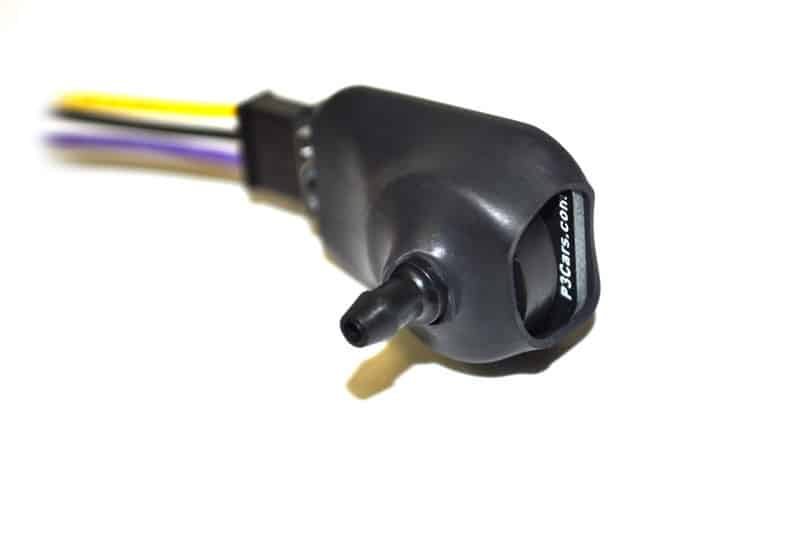Introduction
This tutorial will show you how to connect a P3 Cars Analogue Boost Sensor to your engine.
Difficulty Rating
Tools/Parts Required
- P3 Cars Analog Boost Sensor
- 2-3mm (Internal) Vacuum Hose
- Boost Tap or T-Piece to access manifold pressure.
- P3 Cars Analog Boost Sensor
- 2-3mm (Internal) Vacuum Hose
- Boost Tap or T-Piece to access manifold pressure.
Warning
AutoInstruct will not be held responsible for damage to your vehicle or personal injury / death as a result of the information we provide.
Step 2
Neatly secure the Analog Boost Sensor and begin to route the vacuum hose into the engine bay. See our tutorial here on how to run wires and hoses into the engine bay.
Step 3
There’s two options when it comes to accessing manifold pressure for the boost sensor.
- Connect the vacuum hose to a ‘Boost Tap’. These taps come in a variety of forms, from throttle body spacers, to MAP sensor adapters.
- If you already have a blow-off valve installed you can use this existing vacuum line. We used a T-Piece to tap our blow-off valve vacuum hose.
Step 6
Enter the P3 Gauge settings menu by holding both buttons. Scroll to the ‘Boost Reading Selection’ displayed as bSt.d or A or n – Digital or Analog or None. Set the setting to ‘A’ for Analog.
Once set to Analog and the gauge has rebooted, enter the ‘Analog Boost Sensor Calibration’ displayed as Cal.B. This calibrates the boost sensor to your current altitude. Enter the calibration, turn the engine off and then tap the left button. Calibrate your analog sensor any time your altitude changes significantly to ensure the highest accuracy.





